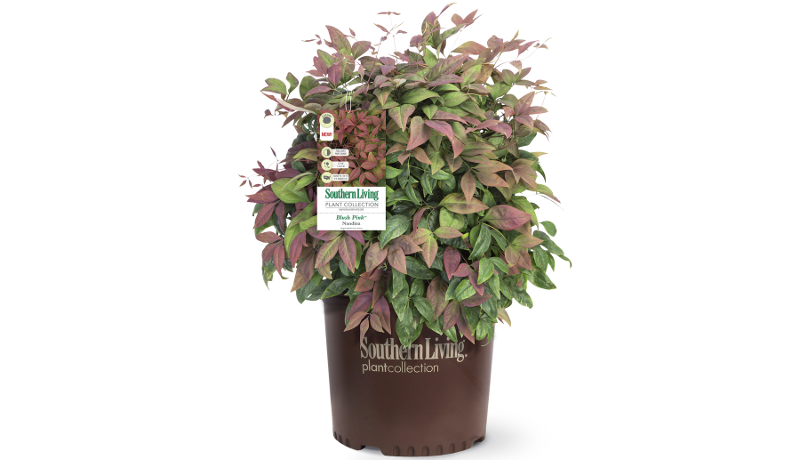Nandina (Nandina domestica) is commonly known as heavenly bamboo or sacred bamboo. Nandina is an evergreen shrub in the Berberidaceae (barberry) family. Nandina thrives in full sun to part shade locations in fertile, well-draining soil. Nandina remains evergreen in zones 8-10 and is semi-evergreen in colder climates.

What You Need to Plant Nandina
- Shovel
- Compost or manure
- Garden Spade
Where to Plant Nandina
Nandina can acclimate to many different locations but prefers well-draining soil in full sun to partial shade exposure. When planted in more full sun locations, Nandina develops brighter fiery red foliage. Nandina can tolerate various soil types but prefers slightly acidic hummus or loose soil. Choose a location with adequate space for the full maturity of the variety of Nandina you have chosen. Do not plant Nandina too deeply so that the crown of the plant is not buried.
Nandina Plant Spacing
Nandinas can get up to 6 to 8 feet at their full height with an upright, slightly bushy habit. For mass planting, space Nandinas 24 to 36 inches apart. If planting near a border or house, allow around 3 feet from any edge to allow space for the plant to mature.

Steps To Plant Nandina
Step 1: Choose a good location for your Nandina that allows enough space for it to grow to its full height and width and with adequate sun exposure.
Step 2: Dig a hole 2-3 times the width of the root ball of your Nandina and not much deeper than the height of the root ball.
Step 3: If available, add a shovel full of compost or manure to the bottom of the hole to add fertility to the soil.
Step 4: Place the root ball in the hole and backfill with dirt from digging the hole.
Step 5: Be sure not to plant the crown too deep, allow it to be above the soil line mounding the backfill around the crown.
Step 6: Mulch around the base of the plant.
Step 7: Water in thoroughly.
When to Plant Nandina
The best time of year to plant Nandina is in spring or fall when there is no risk of frost. Planting in the heat of summer is not advisable. The best time of day to plant is in the morning or evening outside of the full heat and sun of the day.
Transplanting Nandina
Nandina is known to be a vigorous grower and can multiply quickly. Dividing more mature plants can help avoid overcrowding and can reduce the spread of the plant. To dig up and divide, dig at least ten inches from the base of the plant and at least ten inches deep so as not to damage the roots digging in a circle around the base. Remove excess soil from the root ball and then pull apart the root ball into even sections that can be replanted elsewhere following the above planting instructions. To inhibit spreading, you can transplant with a deep root barrier or plant in a pot to contain root spread. Cuttings can be taken in late spring or early summer to propagate in soil.
 |
Author Katie Endicott - Published 10-13-2021 |
